Blue stars: The biggest and brightest stars in the galaxy
Meet the blue stars, the hottest stars in the galaxy, which live fast and die young
The largest and brightest stars in the cosmos are, by far, blue stars.
The only thing that distinguishes the stars in the night sky from one another, at least to the unaided sight, is that some of them are brighter than others. However, if you pay closer attention, you’ll see that stars appear in a variety of hues.
While the majority of them appear white, some are clearly red and some are blue. The temperature and mass of a star may be inferred from its hue, and blue stars are the hottest and most massive of all.
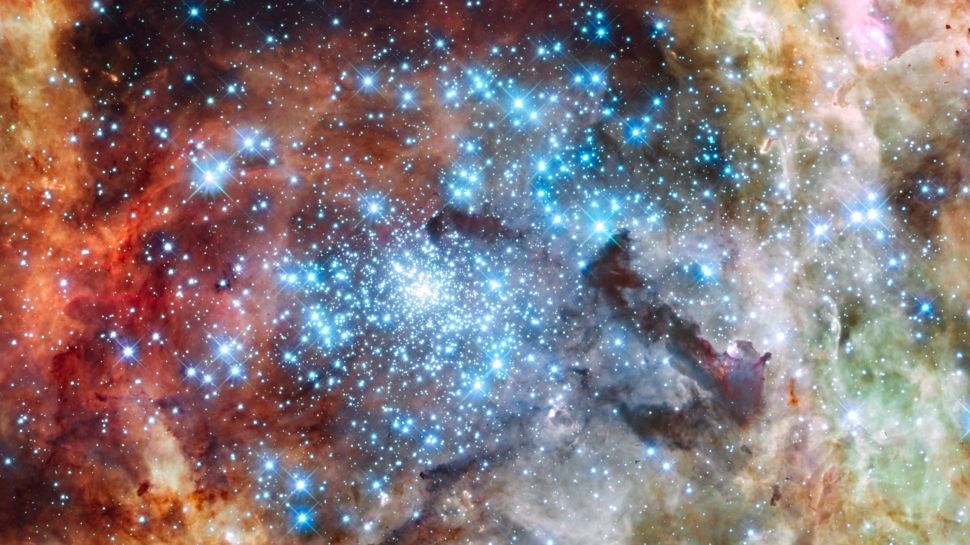
Any star with a mass of three solar masses or greater will often seem blue to human eyes. Regardless of other aspects, such as chemical makeup, blue stars, yellow stars, and red stars are all composed primarily of hydrogen, with lower quantities of helium and other elements. However, since they are more massive than other stars, blue stars often have larger intrinsic luminosities. This implies that they can be far away yet still be seen in the sky.
WHY ARE BLUE STARS SO HOT?
Because they are so hot, blue stars are blue. This seems incorrect because, in the real world, red denotes heat and blue denotes cold, such as on weather maps. However, blue light requires a stronger radiation source to create it since it has a higher energy content than red light. If you’ve ever seen metal being heated up in a forge, you’ll understand why blue stars are hotter than red stars as a result of this. As it becomes hotter, it first glows red before becoming blue-white.
Because of their tremendous brilliance and high temperature, blue stars are continually ejecting enormous quantities of energy into space. As a result, they exhaust all of their fuel relatively rapidly, making them the stars with the shortest lifespans. Due to this, blue stars are typically found close to the star-forming areas where they were born.
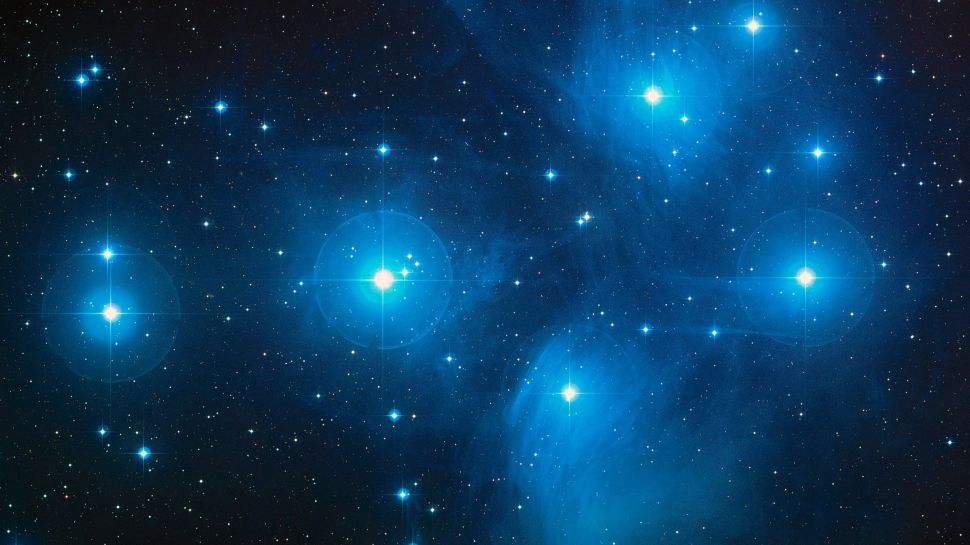
Although stars of all masses are generated in star-forming regions, low-mass stars are far more common than high-mass stars. This results in blue stars being less common because to their short lives and the later. Even still, because the ones that do exist are so bright, we see quite a few of them in the night sky.
Just three prominent blue stars come to mind: Rigel, the brightest star in Orion, Spica, the brightest star in Virgo, and Regulus, the brightest star in the constellation Leo.
Even though the three stars are situated at quite different distances from us—79, 250, and 860 light-years, respectively—as seen from Earth, they all appear to be about the same brightness. This represents the reality that blue stars vary in type based on where they are in the evolutionary life cycle, with Regulus being a main sequence star, Spica being a blue giant, and Rigel being a blue supergiant.
The blue supergiant R136a1, which contains at least 265 times as much stuff as the sun, is the most massive star that has been seen to date.
WHAT IS THE LIFE CYCLE OF A BLUE STAR?
Every star goes through a life cycle, changing in both appearance and behavior over a period of time that is much too slow for us to directly see. In the “main sequence” phase of their evolution, most of the stars we observe undergo nuclear fusion to turn hydrogen into helium. The mass of the star determines how long they remain in this phase and what occurs next.
When on the main sequence, stars with masses larger than three times that of the sun look blue and burn up their hydrogen fuel more quickly than stars with lower masses.
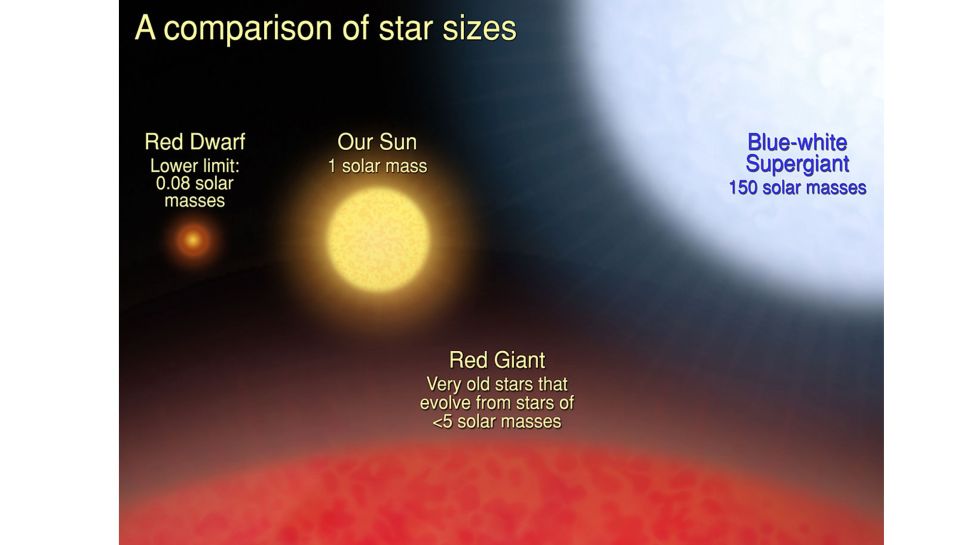
A blue star undergoes a relatively brief transitional state as a higher-luminosity blue giant as it gets closer to the conclusion of the hydrogen-burning phase. The core temperature increases continuously throughout this phase until it reaches a point where the fusion of helium into heavier elements like carbon and oxygen may begin. The star then transitions into a blue supergiant phase, which is much brighter. The blue supergiant Rigel, for instance, emits 60,000 times as much energy as the sun, demonstrating the very tremendous luminosities of these stars.
We now know that blue stars are blue because they are extremely hot, and that hot stars consume fuel far more quickly than normal stars. Therefore, the fact that they had a finite amount of fuel at the beginning means that we should never observe any “ancient blue stars.”
But these so-called “blue straggler” stars definitely exist. Even though they are found in star clusters that are known to be quite ancient, these hot, blue stars are still on the main sequence. The most plausible theory is that blue stragglers are aged red stars that have received a fresh infusion of material from a binary partner.
WHAT ARE GIANT BLUE STARS?
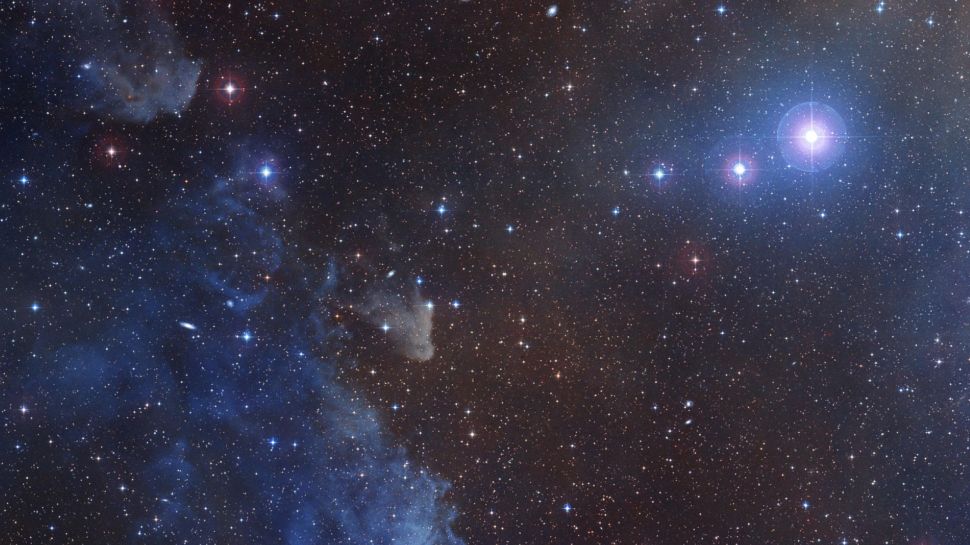
A “giant” star is one that is brighter than a main sequence star, to put it simply. This is partially due to the fact that, as the name implies, such stars are huge in size. Red giants, the most prevalent variety of big stars, are a good example of this.
The majority of stars, including the sun, will ultimately become red giants, and blue stars are no exception. The latter, however, will have previously existed as blue giants and supergiants; these are referred regarded as “giants” due as much to the enormous quantity of energy they emit as to their physical size.
For instance, Rigel, a blue supergiant in the constellation of Orion, is only 79 times as massive as the sun, as opposed to Betelgeuse, a red supergiant in the same constellation, which is more than 550 times as massive.
BIBLIOGRAPHY
University of Neva, “Star Formation“, accessed September 2022.
Swinburne University of Technology, “Stellar Evolution“, accessed September 2022.
University of Leicester, “Stars“, accessed September 2022.
NASA, “Blue Straggler Stars in Globular Cluster M53“, February 2021.
Todd Thompson, “Astronomy 1101 — Planets to Cosmos“, The Ohio State University, accessed September 2022.
Cornell University, “What are “blue stragglers” in globular clusters? (Intermediate)“, June 2015.
David Darling, “Blue Giant“, accessed September 2022.
Bruce Dorminey, “Why does the universe make so many tiny stars?“, Astronomy, January 2019.
Deborah Byrd, “Spica, bright beacon of Virgo, is 2 stars“, EarthSky, July 2021
Universe Today, “Blue Stars“, accessed September 2022.
Stephen Luntz, “Blue Really Is The Warmest Color“, Insider, July 2014.
Jen Gupta, “Why are some stars red and some stars blue?“, Sky at Night, March 2022.
Do not forget to share your opinion with us to provide you with the best posts !



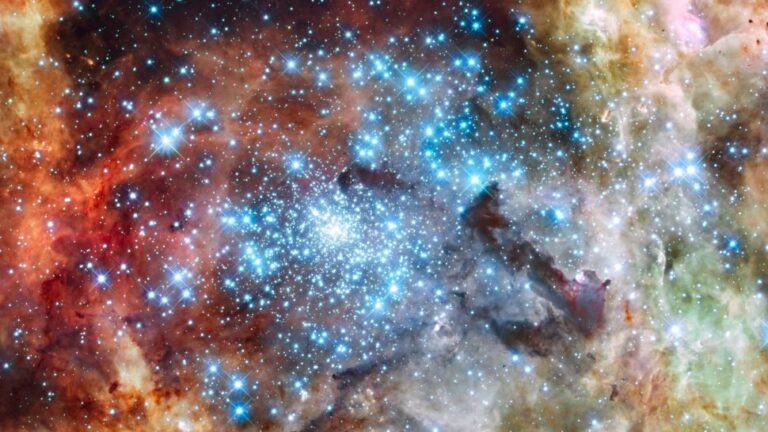
0 Comments